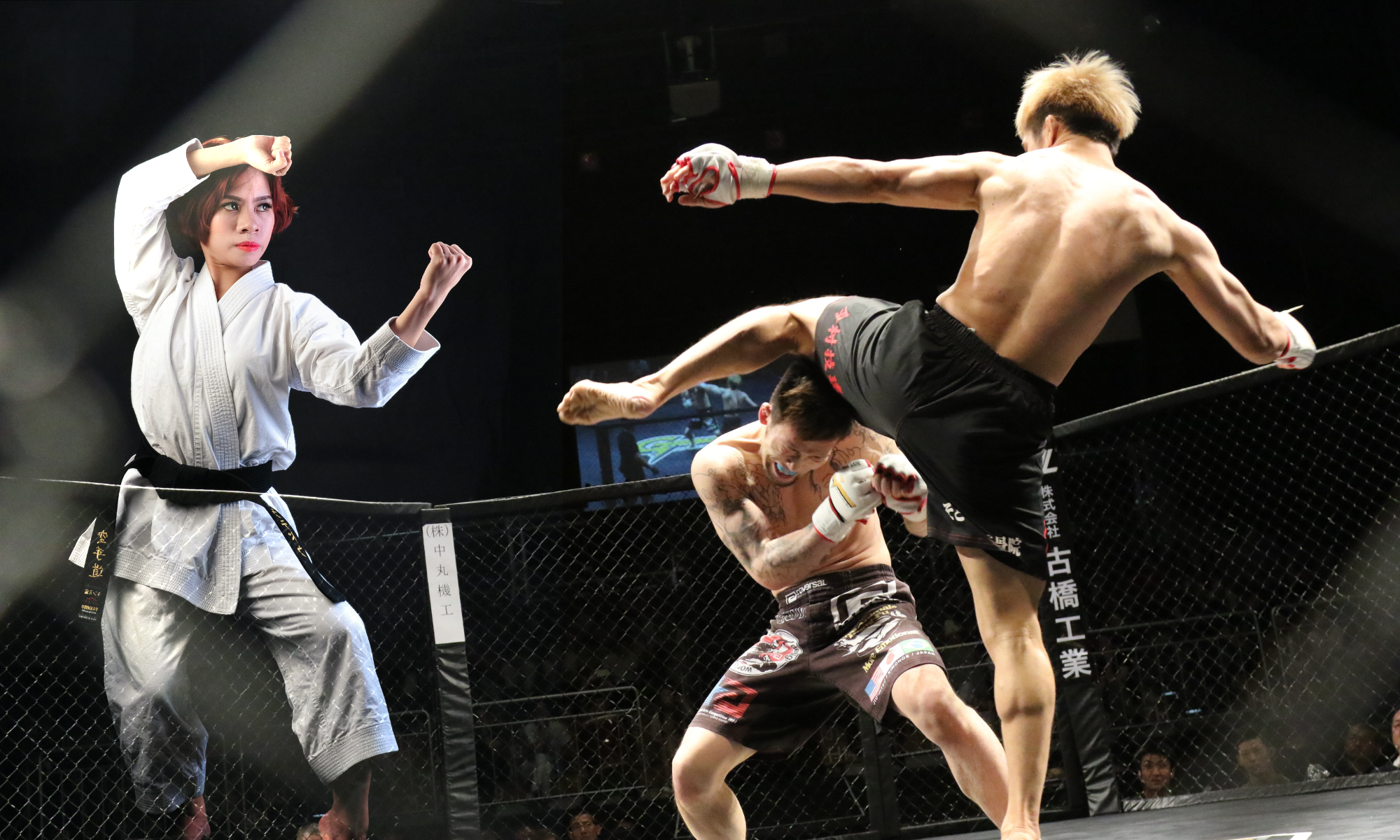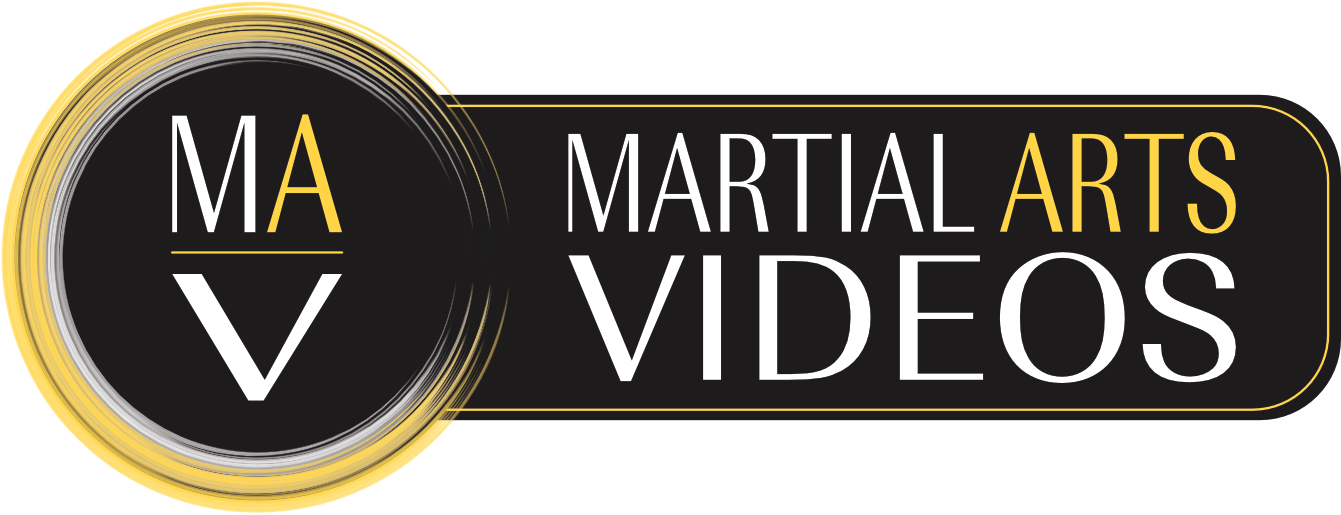Learn Tai Chi Online with Jet Li’s Online Academy – Lesson 1
Jet Li’s Taiji Zen Online Academy teaches Tai Chi Chuan with a unique principles based approach. It is well-suited for beginners learning Tai Chi as well as more advanced students.
This video will teach you the kinetic concept of Péng as part of the Taiji Zen Online Academy curriculum. It is the first of the 8 Tai Chi Chuan kinetic concepts which together with the 5 steps make up the 13 fundamentals of Tai Chi Chuan.
Péng is an energy of continuous outward expansion. It pushes out in all directions to create a protective buffer around the core. It’s often described as the fundamental energy of Tai Chi Chuan, and applies to all Tai Chi Chuan movement.
Transcript:
Imagine that you are surrounded by a bubble of energy that can literally bounce off any incoming force.
In this lesson you are going to learn about a Taiji Zen Essential known as Péng, which means Expansion. Now Péng is the first in a series of Tai Chi Chuan Essentials that you are going to be learning in each Duàn, along with a movement that is going to express that Essential.
But Péng is not so much a movement or a technique, as it is a Kinetic Concept. It is an energy that you are going to learn how to put in any movement that you want.
To help make it easier for you to learn each movement by yourself, I am going to break down each movement into three pieces.
We are going to look at the footwork first, and then in the next pass we are going to talk about the hands and the waist and the third time through I am going to talk about the energy and the feeling that you have with each movement.
LOWER BODY
Let’s take a look at the footwork first. Stand with your feet together, hands relax by your sides, the knees are slightly soft, the hips are a little bit soft and your head is floating up towards the sky.
Neutral Position
Now shift all the weight over to your right foot and your left foot floats up a little bit, then steps out to the side about shoulder width. Then evenly distribute the weight over each feet.
Both hands float up into the air, about shoulder level. Then everything gets heavy, the elbows sink down, the hands sink down, the knees bend and the hips sink down as well. Palms are pressing down right about to hip height.
One: Turn and Hold the Ball
I shift my weight onto the left foot and pivot on the right heel to the right, about 90 degrees. Now my weight right here is about 90% on the left foot and only about 10% on that right heel.
Two: Hold the Ball in Empty Step
I now shift my weight onto the right foot, bringing the left foot into an empty step. So there is no weight on this left foot and it is just tapping the ground right in front of the right.
Three: Step out
From here my left foot steps out, just at an angle by the other side of that round brown circle on the front part of your mat, landing heel first. In fact, whenever you step out like this you land with your heel first, but very lightly so there is not a whole lot of weight on that front foot.
I sink down into my stance and my front toes pivot in about 30 degrees. Still about 60% of my weight is back on the right foot.
Four: Sink and Gather
My feet and my weight pretty much stay in the same place. I simply sink down into the step, just kind of get down into it here.
Five: Expand Forward
I now shift my weight into the front foot, turning my waist as I go and as I finish I sink down into the stance and my right toes pivot inwards slightly.
Back to Neutral
I shift my weight back, step by side by side and let my hands float down as my knee straighten, my spine straightens, my head flows up.
The weight shifts back over to the right foot and I step my feet together and that’s the entire sequence of Péng.
UPPER BODY
This time through we are going to take a look at what the hands and arms, basically the upper body, is doing.
One: Turn and Hold the Ball
So I am rotating my body with my left leg as the axis, turning my toes out and then I am going to put my hands out into a holding the ball position.
My right hand rising up like the top of the ball, about shoulder level, my left hand coming under and cupping the bottom of the ball, hand right in front of the navel.
Two: Hold the Ball in Empty Step
Keeping my hands right where they are, I shift my weight forward and step in while my waist is turning slightly to the right.
Three: Step out
Again, the hands are staying in the same place. My left foot steps out into its position.
Four: Sink and Gather
So from this position, my hands still in the same spot I sit down into my stance, just sitting down a little bit deeper. Rotate from the waist more towards the right, letting my hands trail my body’s rotation.

